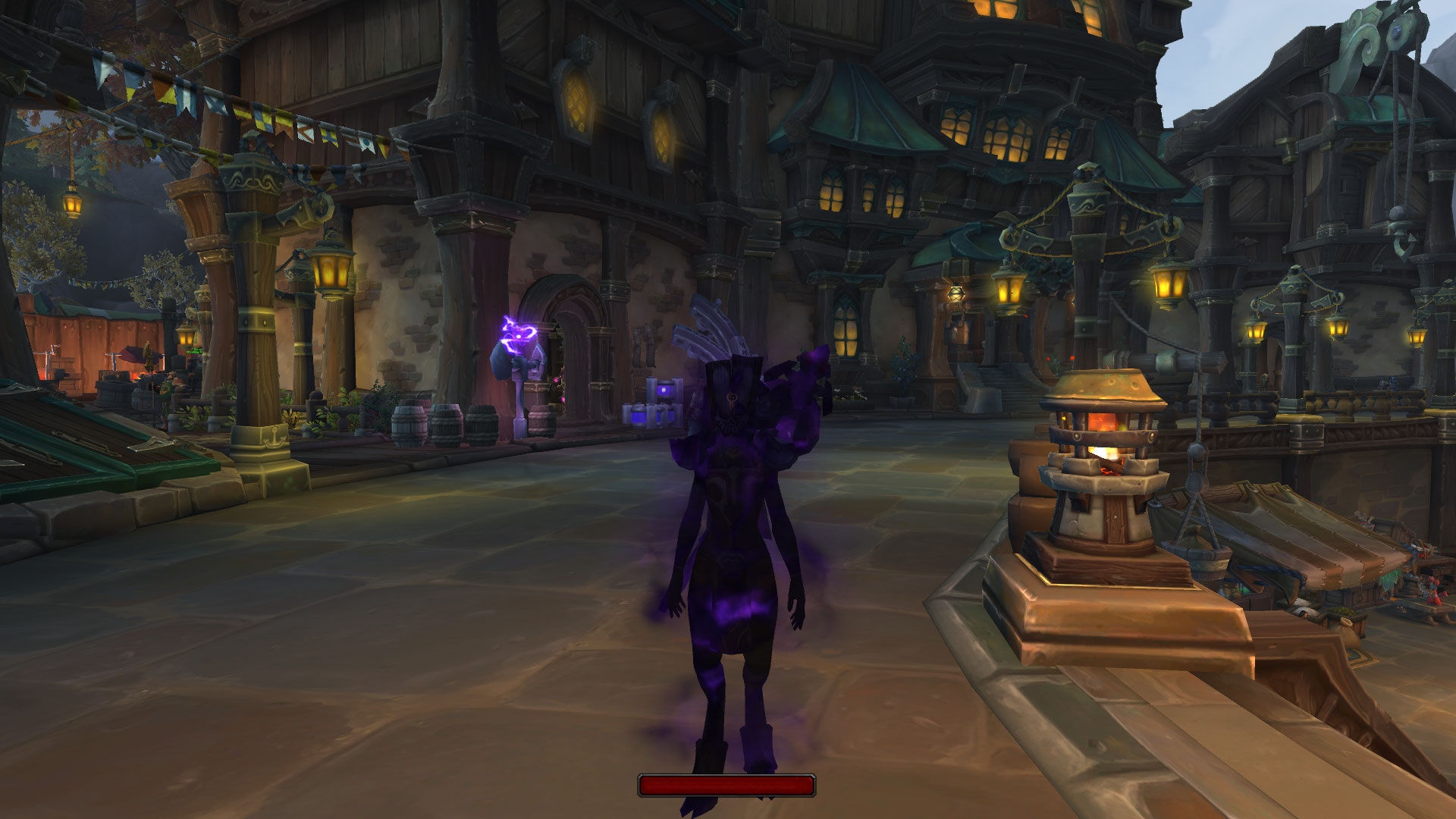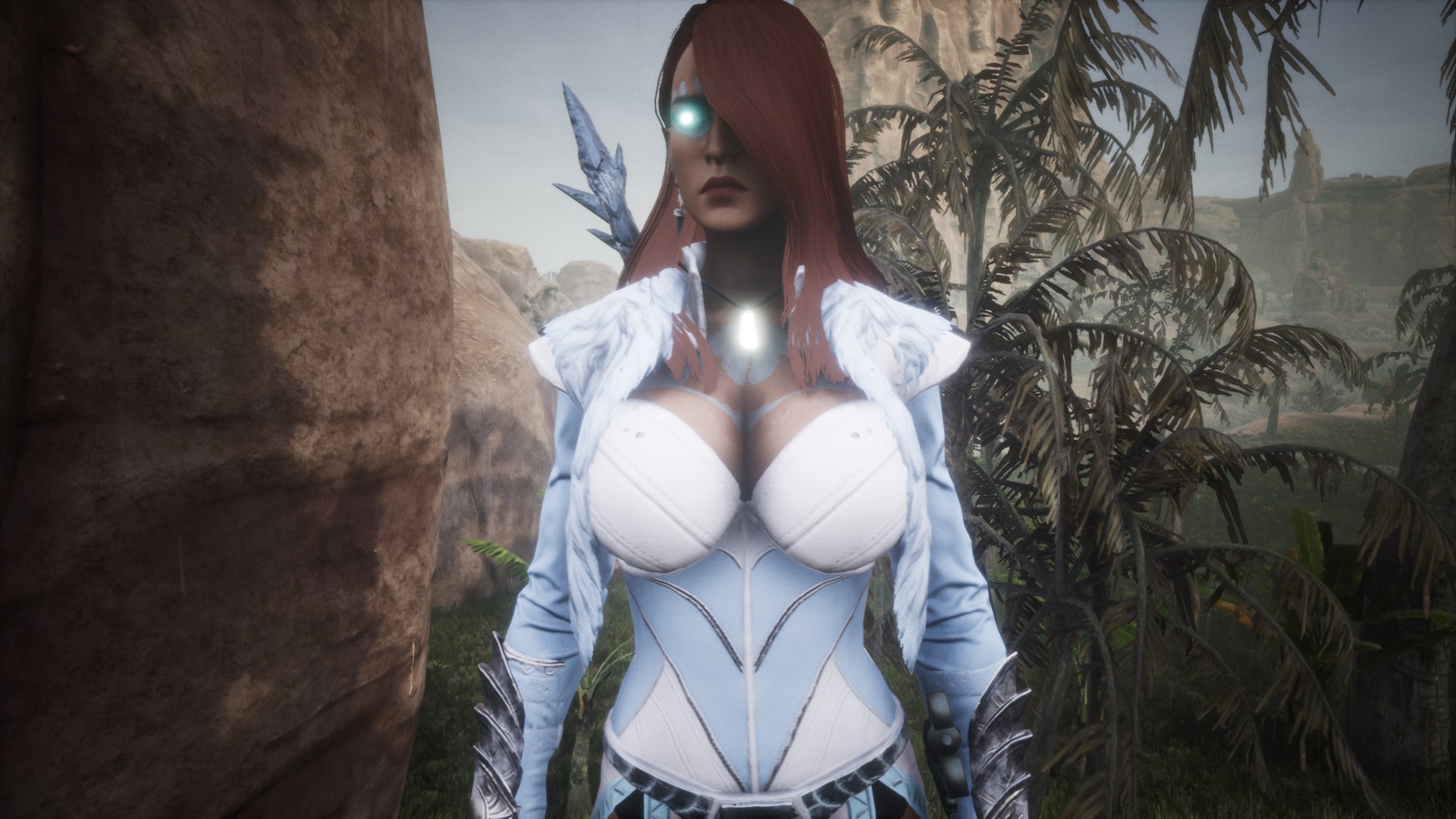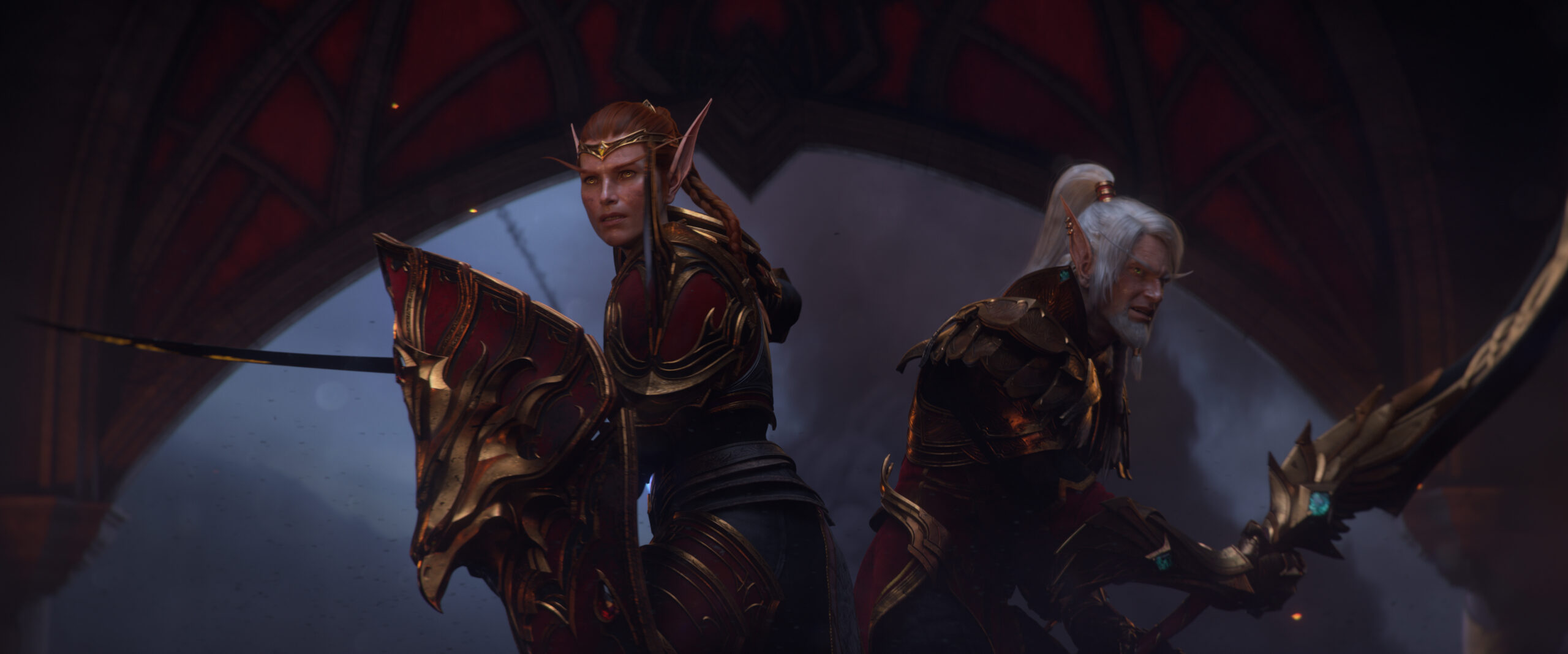In the sprawling universe of World of Warcraft (WoW), heroes rise and fall, alliances are tested, and darkness always lurks just beyond the veil. But beneath its high fantasy and epic quests lies something deeper—something personal. If you’ve ever spent hours leveling through haunted forests, diving into ancient ruins, or battling your inner demons via an in-game narrative, you may have felt it too: World of Warcraft isn’t just entertainment—it’s a mirror.
This article explores how WoW becomes a tool for shadow work—the process of diving into your subconscious to face your repressed emotions, hidden fears, and forgotten desires. By exploring in-game parallels, player choices, and lore, we’ll uncover what the shadows of Azeroth can teach us about our own.

What Is Shadow Work?
Before we connect it to the game, let’s define it. Shadow work is a term rooted in Jungian psychology. The “shadow” refers to the parts of ourselves we suppress, deny, or ignore—often due to societal expectations, trauma, or fear. Shadow work is about recognizing, accepting, and integrating those aspects so we can live more fully and authentically.
Think of it like a dungeon crawl for the soul: descending into the darkness to uncover lost parts of yourself, defeating the inner bosses guarding your healing, and looting the emotional treasures hidden below.
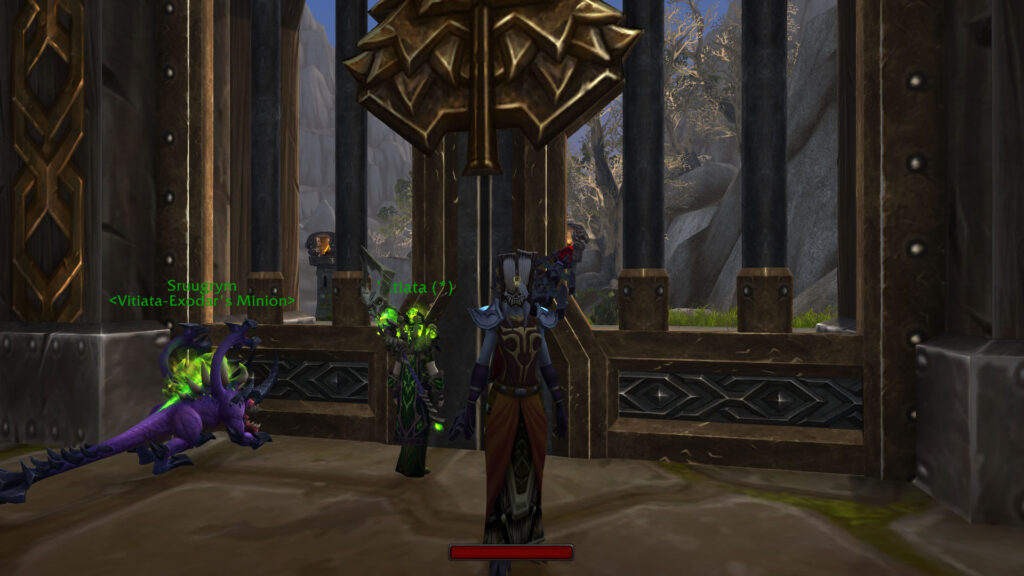
World of Warcraft as a Shadow Work Playground
WoW provides a unique canvas for inner exploration. Unlike most games, it immerses players in morally complex situations, lore-heavy storytelling, and character development that forces reflection. Here’s how shadow work naturally occurs in the game:
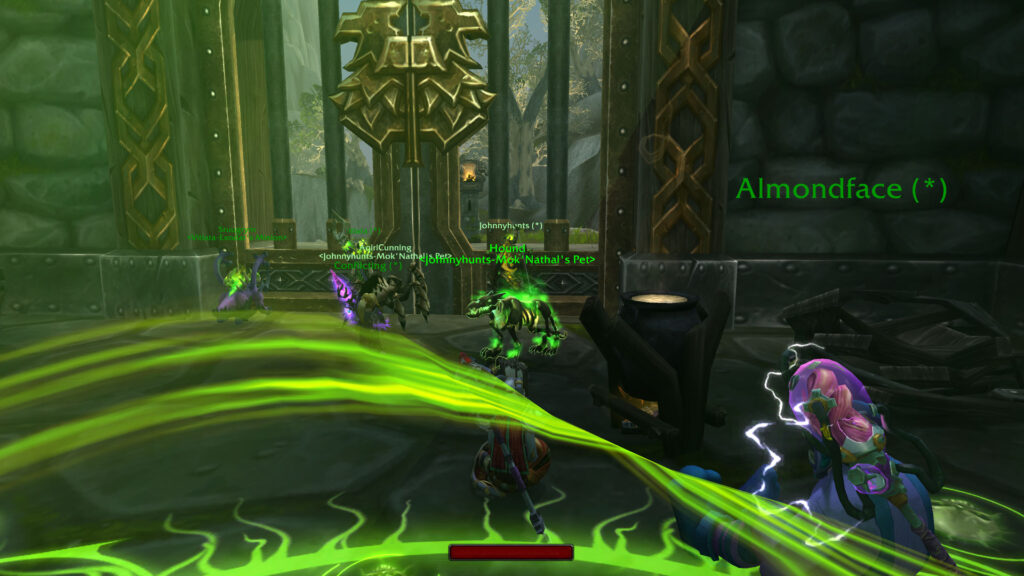
Facing the Inner Villain: The Sylvanas Effect
Sylvanas Windrunner is perhaps the game’s most polarizing figure. A former hero turned villain (depending on your point of view), she committed atrocities in pursuit of “freedom.” Her story arc—from tragic banshee queen to someone seeking purpose in her own broken way—resonates with anyone who’s ever wrestled with anger, betrayal, or a need for control.
Players often hate or worship her, but both reactions are projections. Shadow work teaches us that intense emotional responses to others are often reflections of something within ourselves. Ask yourself:
- Why do I loathe or sympathize with Sylvanas?
- What part of me fears becoming like her—or already has?
Whether you condemn or defend her, Sylvanas invites you to examine your own moral compass and suppressed rage. She embodies vengeance, grief, and survival—emotions many of us carry but rarely express.
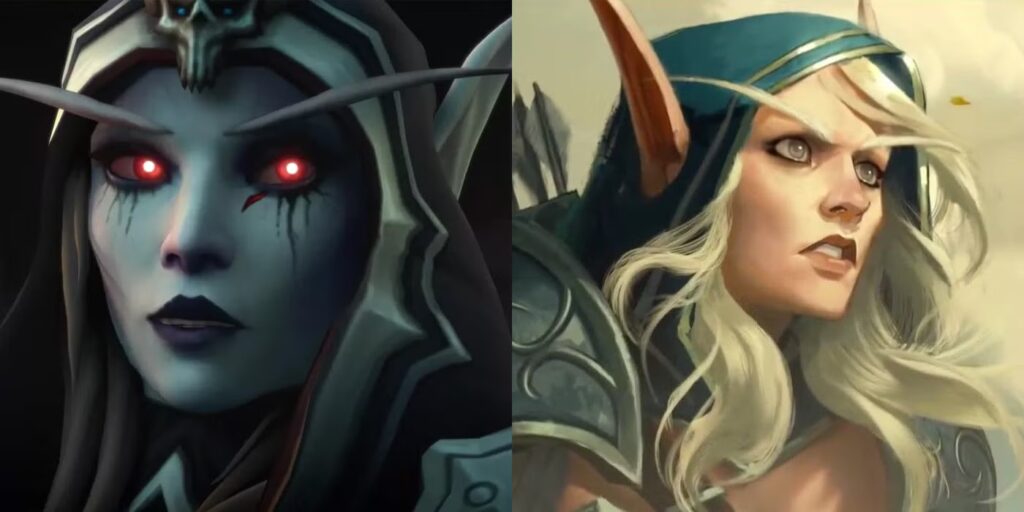
The Horde vs. Alliance Binary: Integration Over Division
One of WoW’s core features is the divide between the Horde and the Alliance. On the surface, it’s a classic good vs. evil trope—but it quickly becomes more nuanced. The Horde isn’t just “the bad guys,” nor is the Alliance always righteous.
Shadow work calls us to dismantle binaries. It’s not about labeling parts of ourselves as “good” or “bad,” but recognizing that we are both. We contain multitudes. Our anger may protect our compassion. Our fear may fuel our ambition.
Many players feel a deep allegiance to their faction, even projecting parts of their identity onto it. But exploring both sides of the war—playing characters on each side—can teach us that healing comes from integration, not division.

The Death Knights: Reclaiming the Forsaken Self
The Death Knight starting zone is one of the most psychologically rich storylines in the game. You begin as a mind-controlled servant of the Lich King, forced to commit unspeakable acts. Slowly, you regain free will—but not your past. You’re an undead warrior with blood on your hands, now seeking redemption or purpose.
This arc reflects real-world healing from trauma. In shadow work, we confront our past mistakes, actions we regret, or parts of ourselves we abandoned to survive. Like the Death Knight, we ask:
- Am I defined by what I’ve done?
- Can I heal even if I can’t undo the damage?
The redemption of the Death Knight isn’t about being “good”—it’s about owning your choices, grieving what was lost, and walking forward with awareness.
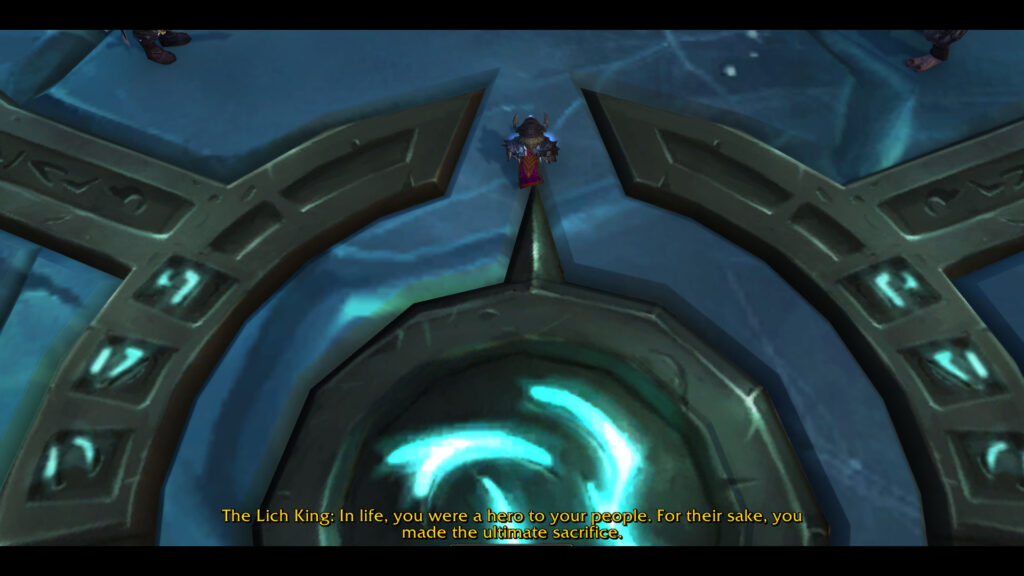
Dungeons as Metaphors for Emotional Descent
Every dungeon in WoW is a descent into shadow. From the haunting corridors of Scholomance to the twisted depths of Black Rook Hold, players are constantly asked to confront corruption, madness, and the consequences of unchecked power.
These instances metaphorically mirror emotional excavation. Just as you face mobs and bosses in-game, shadow work involves confronting layers of defense mechanisms, past hurts, and inner archetypes. You’re not just killing monsters—you’re making peace with them.
Next time you queue for a dungeon, ask yourself, “What inner fear does this setting resemble?” Who am I in this fight—tank, healer, or DPS—and how does that mirror how I handle life?

Roleplay & Alts: Exploring Repressed Selves
WoW allows you to create multiple characters, each with their own race, class, backstory, and alignment. Whether you’re roleplaying a noble priest or a chaotic warlock, you’re giving voice to different aspects of yourself.
In shadow work, we often use tools like journaling, art, or guided visualization to give form to our hidden selves. Alts serve a similar function. They’re fragments of your psyche brought to life—personas that let you explore what might otherwise be off-limits.
Creating a goblin rogue who manipulates others? You might be giving space to your cunning, rebellious nature. Playing a blood elf paladin obsessed with justice? That could be your inner perfectionist seeking to make sense of a chaotic world.

The Void & Shadow Priests: Embracing the Unknown
Void magic, as wielded by Shadow Priests and studied by the Ethereals, represents the unknowable—chaos, madness, entropy. It’s the ultimate metaphor for the unconscious mind. Shadow priests walk the line between insight and insanity, drawing power from what most fear.
To wield the void is to acknowledge that not all darkness is evil. Sometimes, it’s truth without illusion. The Void whispers painful truths: that nothing is permanent, that suffering is inevitable, and that control is an illusion.
Rather than rejecting this, Shadow Priests lean in—and that’s a lesson in courage. Shadow work asks the same of us: to listen, not just to our light, but to the eerie, uncomfortable truths within.
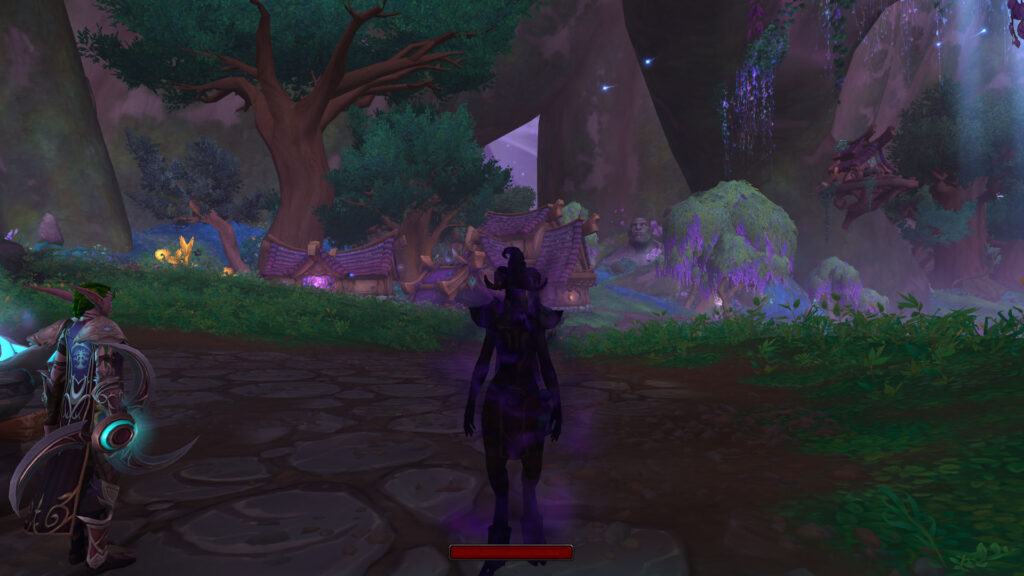
NPCs as Shadow Archetypes
Certain characters in WoW seem to embody shadow archetypes:
- Gul’dan represents the power-hungry manipulator within us.
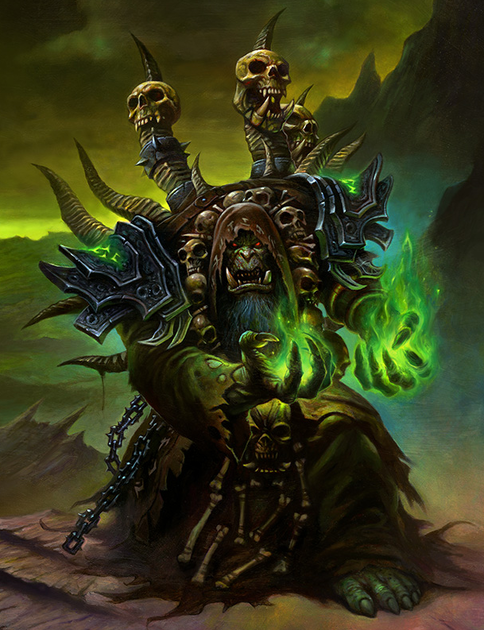
- Medivh is the reluctant prophet burdened by ancestral trauma.
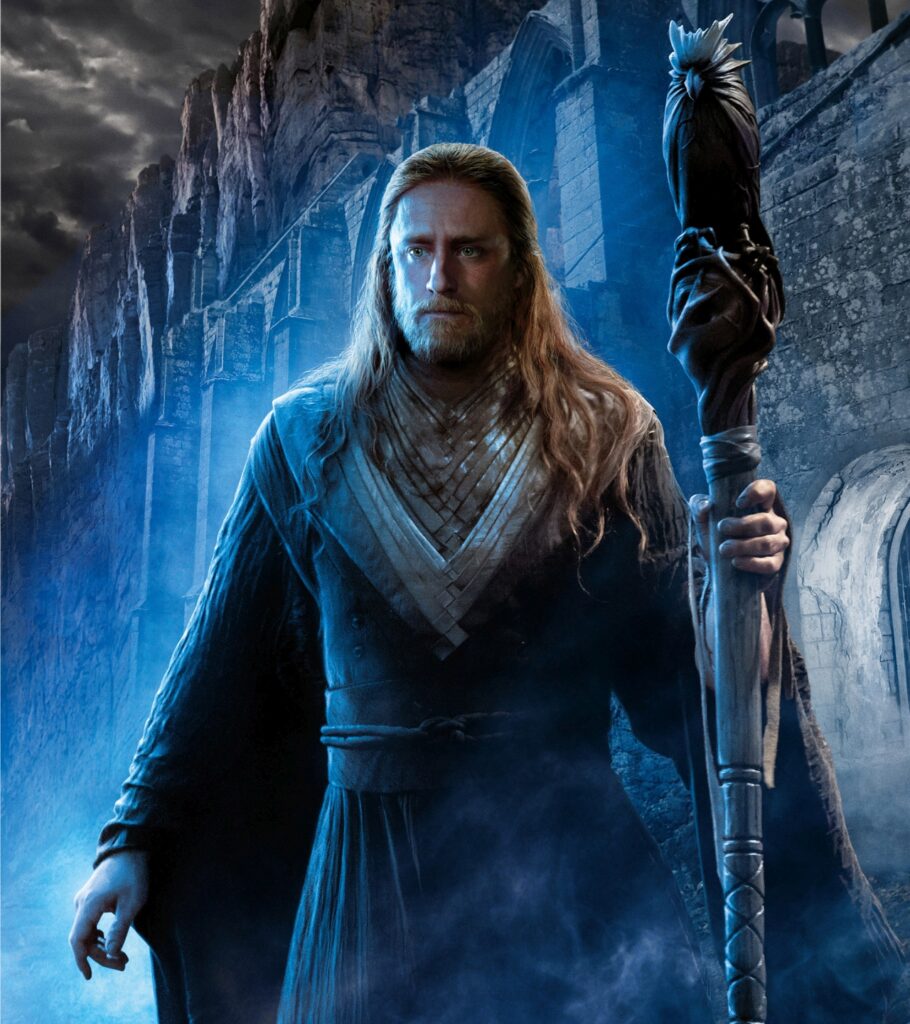
- Arthas is the savior who becomes the tyrant, corrupted by good intentions.
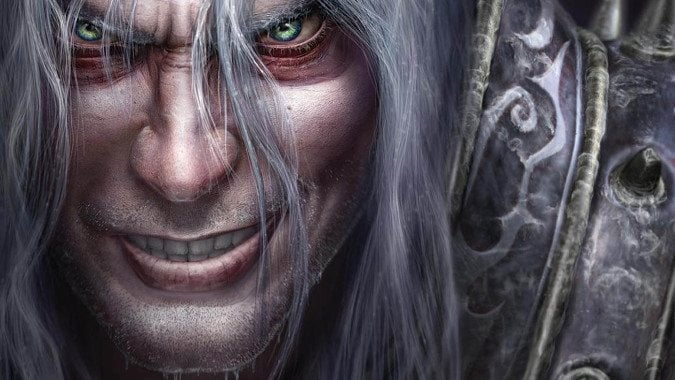
These characters don’t just enrich the story—they serve as mirrors. What aspect of you is tempted by control? By revenge? By sacrifice?
Working with archetypes in shadow work helps us name, befriend, and eventually integrate these energies without letting them dominate us.

Community Conflicts: Mirror of Inner Chaos
Have you ever clashed with someone over loot, guild drama, or raid etiquette? Online conflicts often reveal our own triggers and wounds. Shadow work includes examining our reactions to others.
- Did that random insult ruin your night?
- Did being benched from a raid tap into an old wound of rejection?
The WoW community is full of teachable moments—if we’re willing to look past the surface of “toxicity” and ask, “What does this bring up in me?”
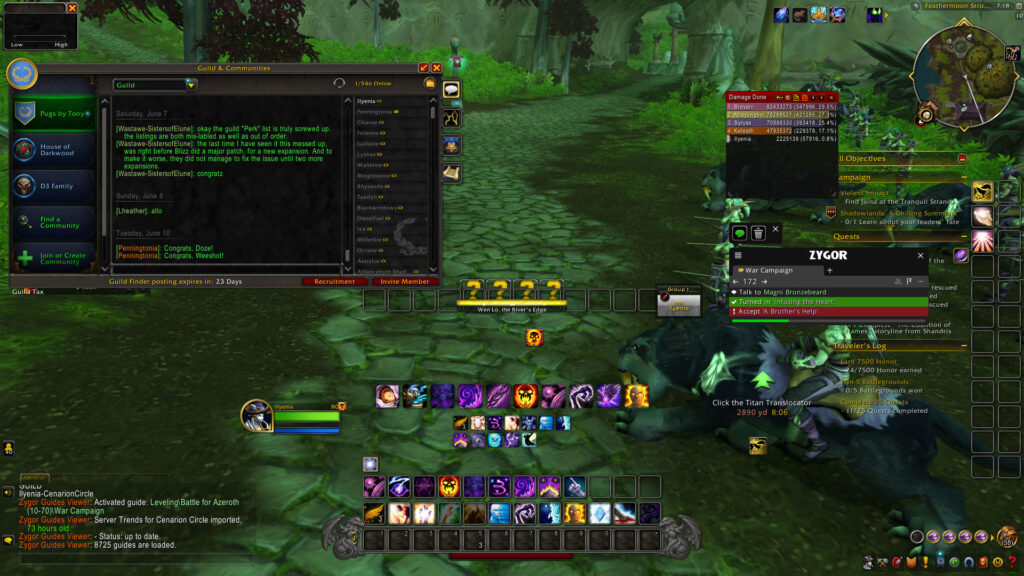
Azeroth as a Soul Map
World of Warcraft, for all its dragons, raids, and gear grinds, is also a spiritual sandbox. It invites us to explore the mythic dimensions of our psyche, to confront what we hide from, and to ask ourselves deeper questions:
- Who am I beneath the armor?
- What wounds am I still questing to heal?
- Can I befriend my inner darkness instead of fearing it?
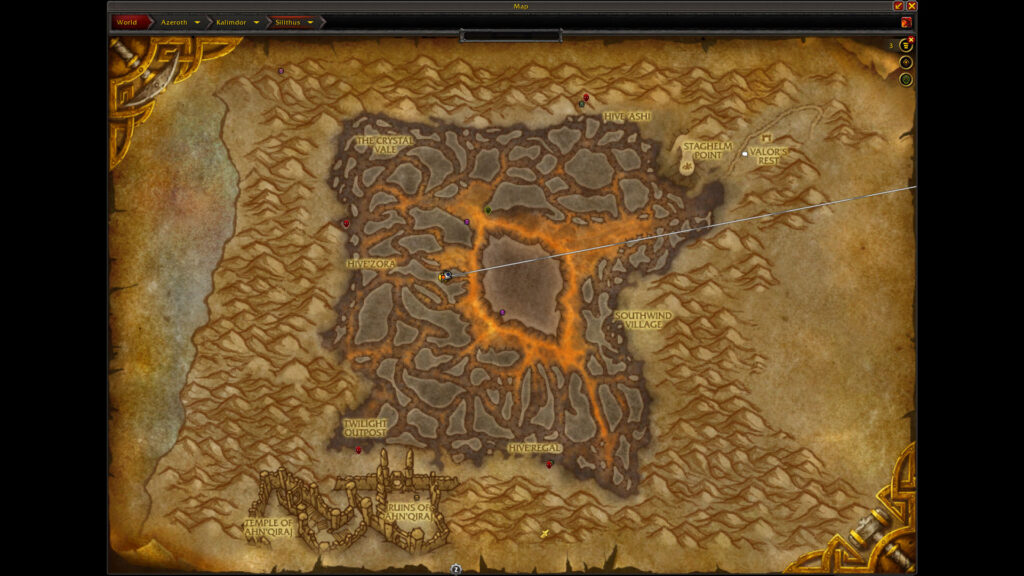
Shadow work is not about fixing yourself—it’s about meeting yourself fully. And sometimes, the best way to do that is not with a therapist’s couch or a dusty journal—but with a mount, a sword, and a world full of shadows begging to be explored.
Your next quest isn’t in a raid—it’s within. Embrace the shadow. Become whole
